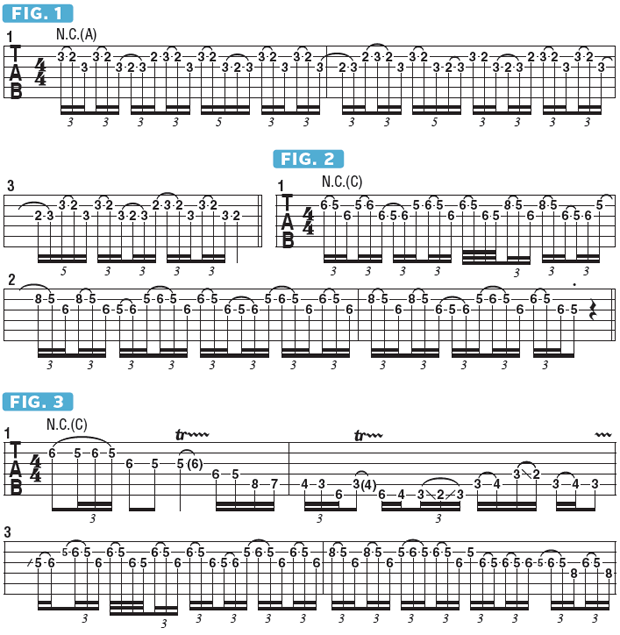Full Shred with Marty Friedman: Finding Your Path to Musical Individuality
In this lesson, Marty Friedman helps you build your speed and musical individuality.
When it comes to evaluating a musician, individuality is the characteristic that I hold in highest regard. We all have our heroes and favorite players from whom we’ve learned a great deal through trying to emulate their playing styles.
In rock, for example, most players list Jimi Hendrix, Jeff Beck and Jimmy Page as major influences, and in metal it’s not uncommon to hear the names Eddie Van Halen, Randy Rhoads, Zakk Wylde or Dimebag Darrell mentioned as primary influences.
In that sense, many of us have learned from the same sources. The trick is to take those influences and push yourself in your own unique and distinct direction. Though it may be easier to learn other people’s solos—which is fine if that’s the goal you’re pursuing—I believe it’s much more rewarding to go out on a limb and take some musical chances, just to see what new and different sounds you can discover in the pursuit of forming a style that you can eventually call your own.
For example, playing fast is not the be-all and end-all of anything. In fact, it’s utterly unimportant. But if you are like most guitar players, you’ll want to be able to play fast, because everyone wants to play fast. So to my mind, you might as well try to do it in a way that’s cool and different from everyone else.
The first step to playing fast in a unique way is to find things that are easy for you to play. For this, I suggest using patterns rather than things that you hear on recordings or have found in a book or magazine. FIGURE 1 is a pattern built from four notes—D C# Bb A—that is played between the B and G strings quickly, using hammer-ons and pull-offs, and can be thought of as something one might play over an A chord.
Notice that the order of the notes is altered slightly as the lick progresses, which gives it its “unpredictable” sound. Just the fact that this phrase is not constructed from an identifiable repeated pattern makes it appealing to me right away.
If we use this type of idea as a jumping off point, we can move it up the fretboard and change one of the notes in the pattern. FIGURE 2 is played in fifth position and can be thought of as working over a C chord, Am or even A7. The one twist I add here is to alternately change one of the notes on the B string from F to G. My penchant is to constantly change the order of the notes to create a random feeling and sound.
In FIGURE 3, I elaborate on the idea of using F to E and Db to C by playing lines based on the C Phrygian-dominant mode (C Db E F G Ab Bb). In FIGURE 4, I take a simple idea based around a B7 arpeggio (B D# F# A) and add a few passing tones to make the phrase more interesting.
It’s fine to copy other players just to learn about the guitar and to see how things tick. Ultimately, though, what’s most important is to find your own musical identity. Hopefully, these examples will help get you on your way.


Get The Pick Newsletter
All the latest guitar news, interviews, lessons, reviews, deals and more, direct to your inbox!









![Joe Bonamassa [left] wears a deep blue suit and polka-dotted shirt and plays his green refin Strat; the late Irish blues legend Rory Gallagher [right] screams and inflicts some punishment on his heavily worn number one Stratocaster.](https://cdn.mos.cms.futurecdn.net/cw28h7UBcTVfTLs7p7eiLe.jpg)
